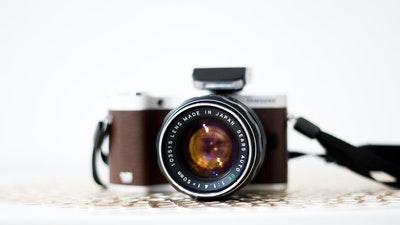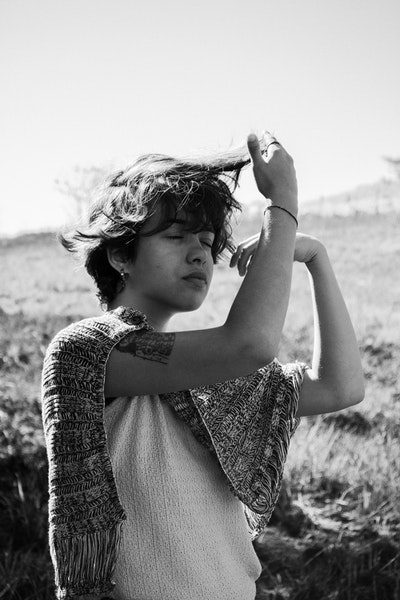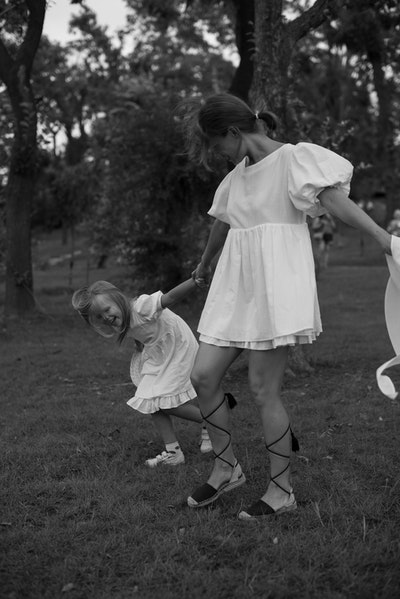There are many different genres of photography in this world, ranging from the simplest snapshots to professional sports photographs. To take high-quality photographs, people will need good cameras and lenses that they can rely on. However, the problem is that not everyone is able or willing to spend thousands upon thousands of dollars on equipment. Luckily there are other ways to get great photos without spending all their money (and even without paying any). Here are advanced photographic tricks that will help you take your best shots yet:
1. Shooting straight into the sun
One of the most striking shots is angling the camera to shoot directly into the sun, but it’s also one of the most challenging shots for even an experienced photographer to pull off. If you want to give this a try yourself, make sure your lens is clean and free from any potential debris that could cause internal flare or scratches on your lens elements. Also, use a UV filter to protect your lens’ front element if it doesn’t already have one built in-this will minimize any aberrations caused by shooting at extreme angles. A circular polarizing filter can also be helpful since you’ll need all the help you can get about image quality. This image is particularly popular among luxury yachts, as seen on this website. Yacht charters use photos with the sun and similar imagery to promote the extravagance of the boating experience.
2. Silhouettes
A silhouette is the dark outline of a subject in front of a brightly lit background. Profiles can be created by positioning your subject with their back to the sun or other light source, but you’ll need some way to keep them perfectly still while they set themselves. A tripod will work best since most shutter speeds won’t be fast enough without introducing motion blur into your photo anyway; you might want to use a remote trigger (triggered via radio signal) or self-timer function so that vibrations don’t cause any blurring with slower shutter speeds. If the camera itself is stationary, another option is using an object like a large building or tree as your backdrop against which your subject stands out; obviously, this only works if the camera is in the same spot every time.
3. Silhouette with light trails
A variation of the silhouette is to have your lit subject stand against a darker background but at an angle that causes their body or head to block out some of the light sources behind them. If you want your photo to convey motion (for example, traffic or moving lights), make sure your subject isn’t standing still; instead, they should be walking through the scene while you take the photo-this way, each frame will show them in different positions and facing different directions depending on how long it takes for your shutter to close after each shot while shooting in continuous mode (burst mode). Just like when creating silhouettes, you’ll need a tripod and a shutter speed of 1/4th to 1 second or slower for this type of shot.
4. Backlighting
When light is coming from behind your subject, it’s called backlighting. It can make for an interesting effect if the background is relatively bright and the topic has dark features-think about silhouette photography here! If you want a photo with only partial backlighting, try positioning your subject to either side of your primary light source instead of directly in front of it; this will create rim lighting along one side that acts as a highlight while still allowing some front lighting through on their other side.
5. High dynamic range (HDR)
This technique is not so much a single as it is an application used to produce an image with a high dynamic range, the ratio between the brightest highlights and darkest shadows in a single scene. While it can be challenging to get things right without having too much blown out or blurry areas throughout your shot, HDR photography does give you more leeway when post-processing; for example, you might want to boost colors or increase vibrance for an effect that’s closer to what your eye sees naturally.
6. Panoramas
Shooting panoramic photos is similar to shooting HDR images since it will require plenty of post-production work (and perhaps even stitching multiple exposures together) to get everything looking right. However, panoramas have much greater potential if done correctly because they allow you to capture an entire scene in a single shot. You can get sweeping landscapes with pictures and interiors of small rooms or significant buildings.
7. Focus stacking
This technique takes several shots of the same subject with different focal points to create one photo that focuses on everything from very near the foreground to a very far background. For example, suppose you’re shooting a landscape. In that case, your camera’s autofocus will likely lock on to whatever is closest (typically trees and bushes along with other foliage before moving onto larger objects like mountains). With focus stacking, though, you’ll need to take at least two photos-one focused on something closest (like flowers), and another focused something further away (the mountains). If you’re using focus stacking with the idea of adding depth to your image post-processing, do not use a tripod unless you plan on having all of your photos entering into an editing program as individual layers. This way, you can move the focal point around each photo before merging them to create one single image where everything fits perfectly in focus.
8. Light painting
Light painting is done by manually moving a light source (like a flashlight) to draw or write something inside your frame-think about it, like taking graffiti art and making it genuinely three-dimensional! Of course, this type of photography requires either proper planning ahead of time (figure out what exactly you want to paint and how long it will take) or simply experimenting and trying new things. If you plan on doing some experimenting, maybe consider turning off your camera’s flash and enabling the timer so that your image isn’t influenced by too much camera shake.
9. Motion blur
When using a slow shutter speed, the movement of your subject will likely show up as an extra line or streak of color in either one direction or several directions, depending on how fast it was traveling when you captured the shot. You might need to bump up your ISO if you’re working with a longer exposure time (anything more than 1/4th second) but, otherwise, this is something you can create without having to make too many other adjustments; however, keep in mind that adding motion blur can make all of your elements in your scene appear in focus, so don’t forget to change up your aperture to keep your photo looking interesting.
10. High-key and low-key photography
High key refers to any time when you have a lot of light in your shot which creates a sense of brightness-most often, this tends to look good with white or brightly colored outfits (or scenes) against darker backgrounds; however, there are quite a few ways to get high key shots without having people always wear stark white clothing (like using lamps or other sources of warm lighting). Low key is just the opposite since it looks best with dark scenes against lighter ones; if you’re shooting anything with faces, be sure that they are well lit while everything else stays dim (and vice versa).
11. Light painting with fire
Although you could technically light paint with anything that emits light, fire is one of the most exciting elements because it tends to be so unpredictable. You can carefully plan everything out ahead of time, or you can fumble around in the dark until something looks relaxed-the same rules apply for any other type of light painting (like using flashlights).
Conclusion
The above are the advanced photography tricks. Photography may be the simplest way to capture images, but it is also tricky. The act of using a camera to record light entering through a lens and forming an image on film or some other medium can seem simple enough for anyone with even basic knowledge of photography terminology. But the challenge of creating outstanding photographs often does not come from knowing how to use your equipment, instead what you decide to do with it that will make or break your picture.



